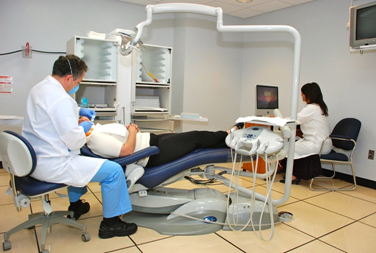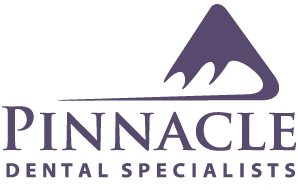
dentistry




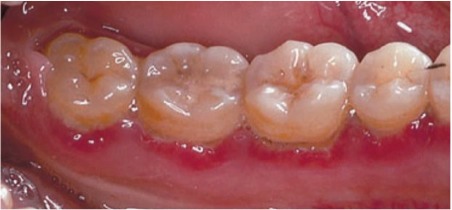
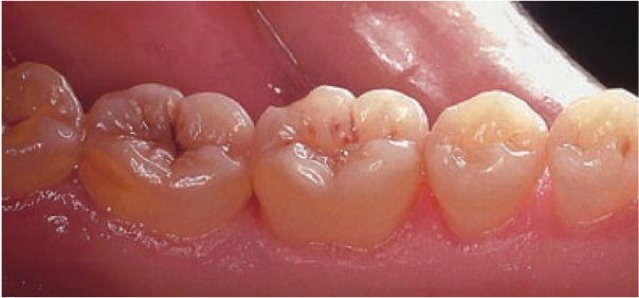
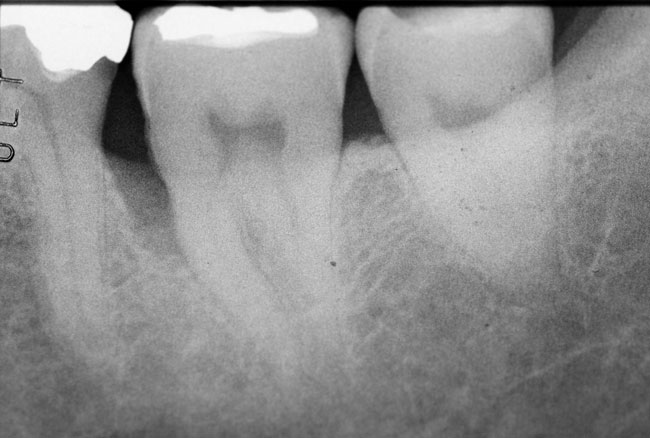
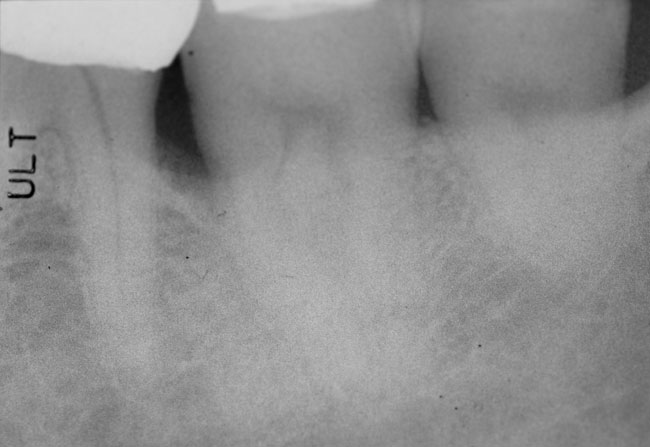
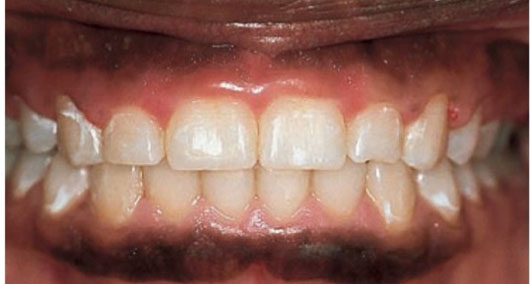
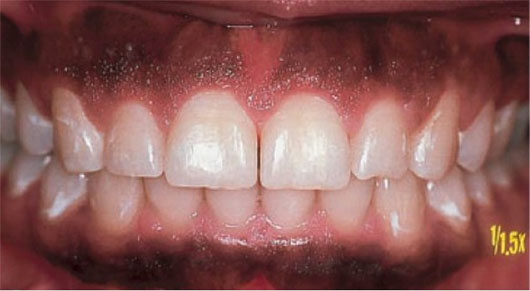

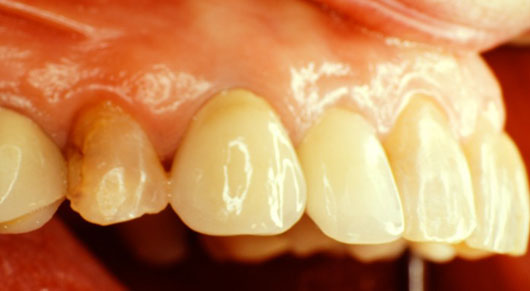
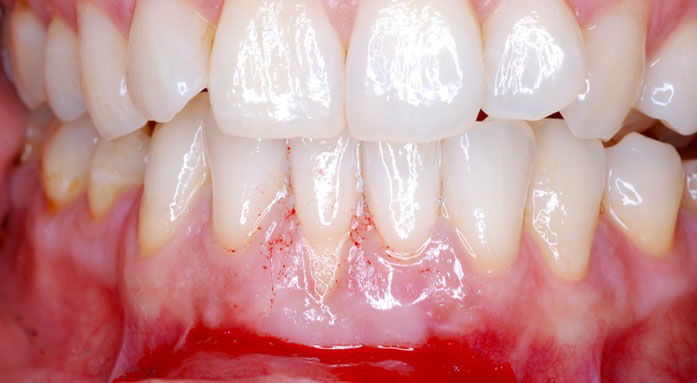
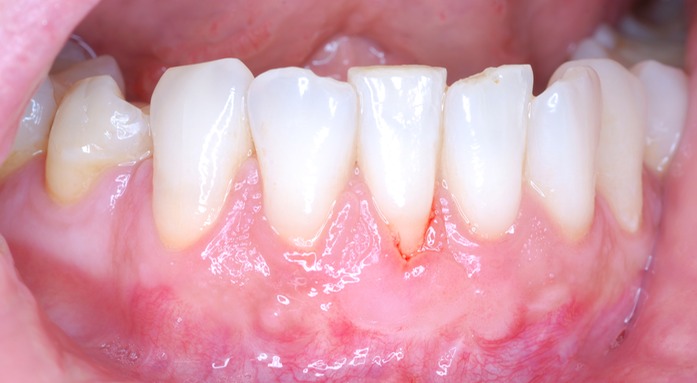
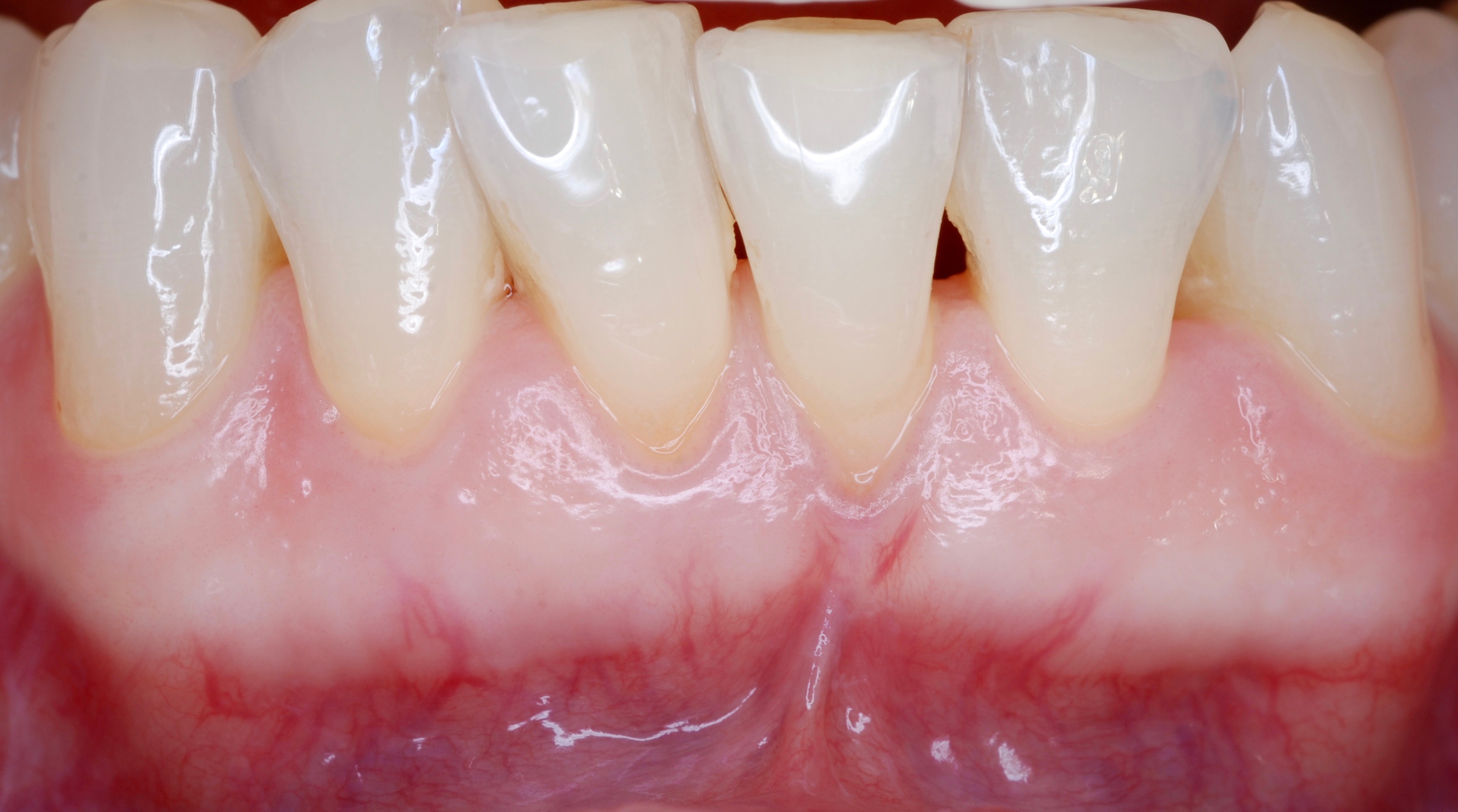
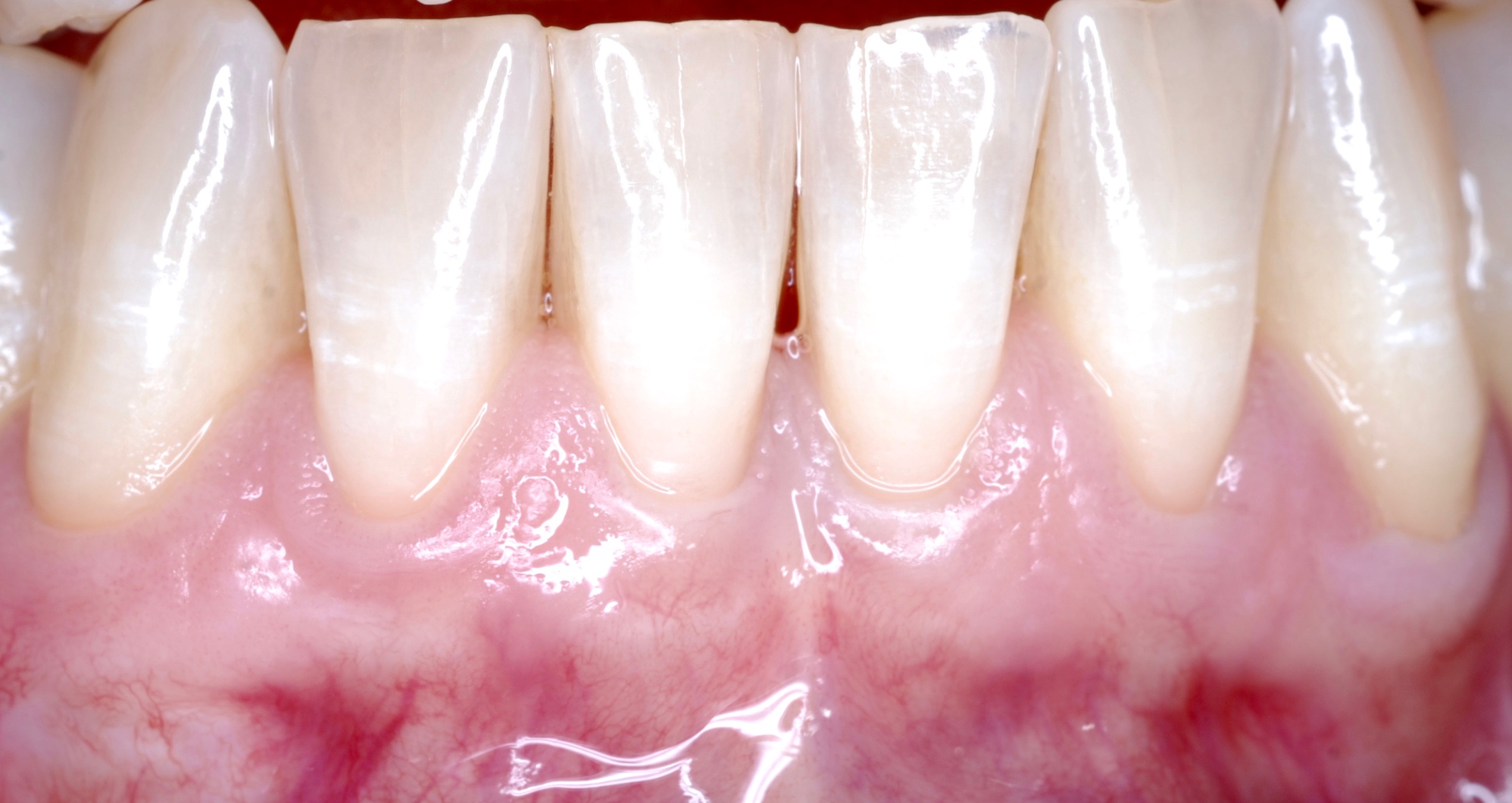
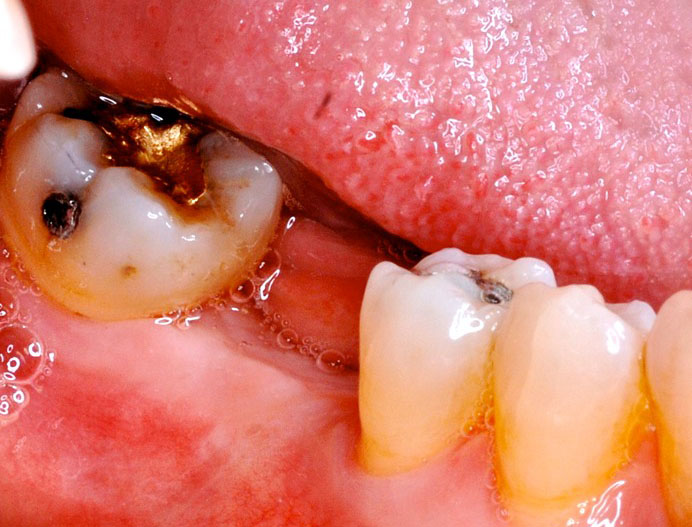
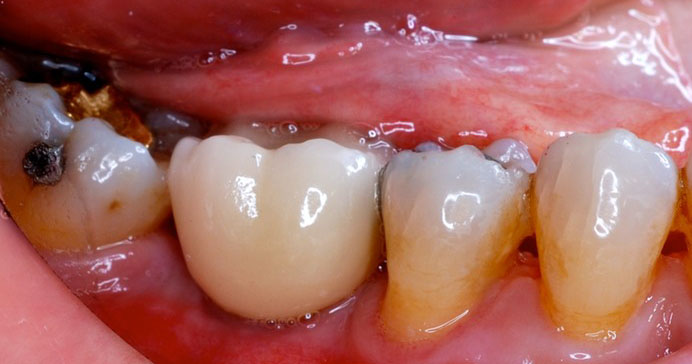
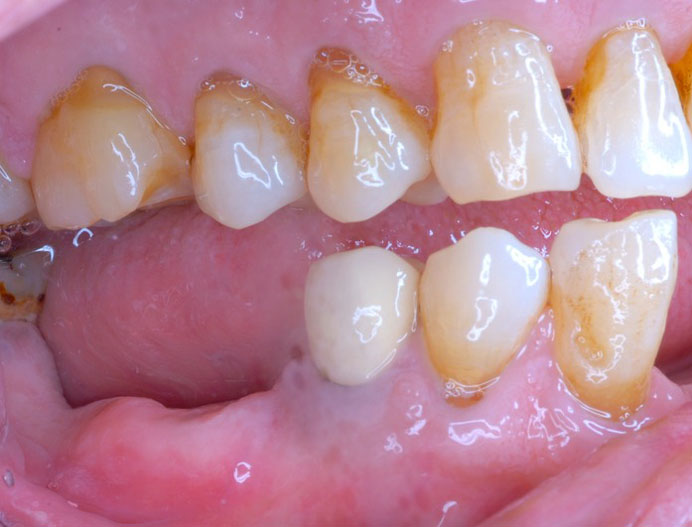
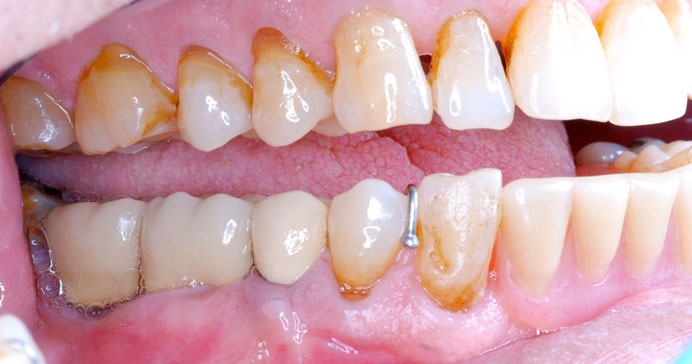
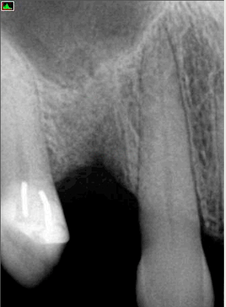
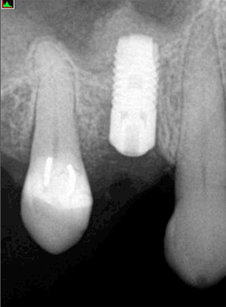
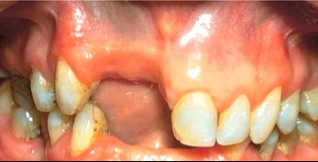
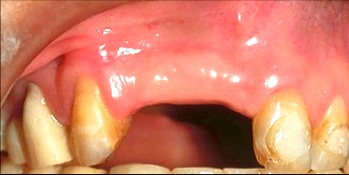
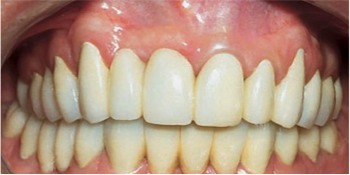
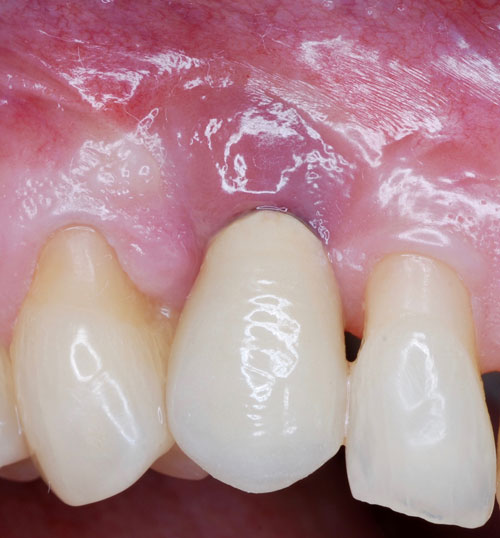
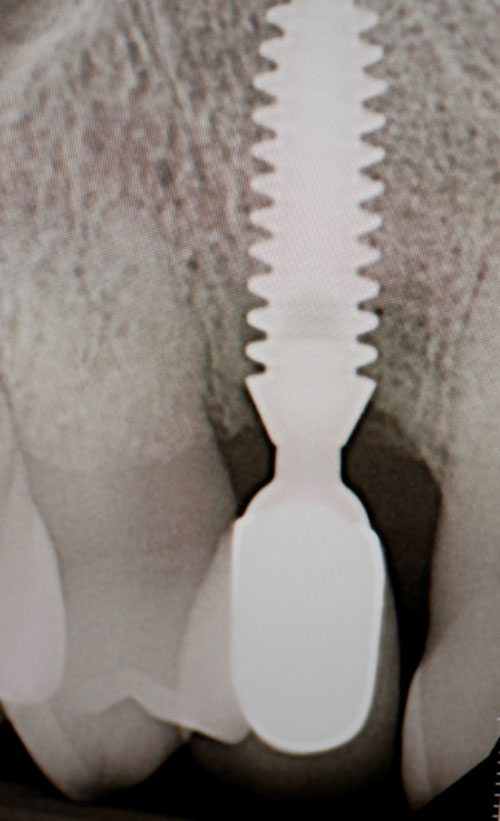
On your first visit to our office, we will do a complete periodontal examination and assessment of your teeth. The assessment will focus on identifying any signs and symptoms of periodontal diseases. If your dentist, or dental hygienist, has referred you to us for a specific problem, the asssessment will focus on the reason for your referral. Please have your referring dentist send us any recent radiographs of the area of concern in advance. After completing the examination, we will present to you a treatment plan that will best meet your oral and dental health needs.
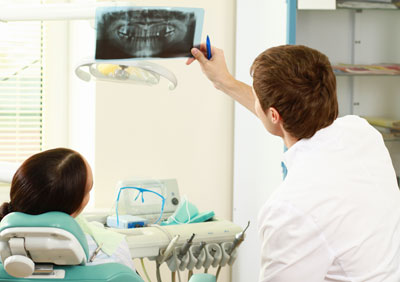
The primary cause for periodontal disease is bacterial plaque. If not adequately removed, plaque sticks to teeth and forms calculus (aka tartar). Initial periodontal therapy aims at removing plaque and calculus from teeth and within gum pockets. It is the first and most important step in periodontal therapy. Local antimicrobials may also be used as part of this therapy.
Deep pockets around teeth result from bone loss due to bacterial infection. As pockets deepen, they become inaccessible to cleaning by normal brushing and flossing. As a result, bacteria begin to grow in the pockets, resulting in further bone loss. Your dentist or hygienist will try to manage the pockets by scaling and debridement of the teeth involved. However, more advanced cases require surgical intervention, i.e. pocket elimination surgery or periodontal regeneration surgery.
Pocket elimination surgery refers to surgical procedures aimed at eliminating pockets by raising a flap, scaling the root of the teeth involved and reshaping the bone. These procedures usually result in complete or partial elimination of the pockets and thereby allowing patients to maintain good homecare (for more information, click here).
Thanks to decades of research in dental medicine, it is now possible to regenerate lost bone and tissues supporting teeth due to periodontal infection. Periodontal regenerative surgery utilizes bone-inducing agents and materials to reverse the damage caused by bacterial infection and to restore teeth back to health (For more information, click here).
Teeth affected by decay or defective restorative materials may require crown lengthening, a surgical procedure aimed at removing excess gum tissue from around them. This procedure will enable your dentist to restore the tooth properly.
Alternatively, teeth showing too much gum, a condition known as “gummy smile” will require esthetic crown lengthening to restore the normal shape and contour of the gums. A “gummy smile” can result from a number of reasons, including genetics, abnormal tooth eruption, or excessive jaw growth.
Gum recession is quite common and is often associated with the loss of soft and hard tissues (i.e. gum & bone) surrounding the tooth involved.
Common causes of gum recession are:
Gum recession can result in:
Gum recessions can be treated by a surgical procedure known as the connective tissue graft. If treated early, gum recession can be completely corrected.
Dental Implants are titanium screws placed in the jawbone to replace missing teeth. If placed in a timely fashion, dental implants can prevent bone loss that normally occurs following tooth loss. Unlike a dental bridge which utilizes adjacent teeth for support, dental implants are placed independently of adjacent teeth. Therefore, they prevent the involvement of neighboring teeth. When used to support a removable denture, dental implants can improve the stability of dentures. Dental implants are the most natural replacement for patient’s missing teeth (For more information, click here).
After teeth are lost, the alveolar bone, i.e. bone surrounding teeth, is gradually lost. The loss of maxillary molars usually results in the expansion of the maxillary sinus. This in turn results in insufficient amount of bone for placing a dental implant.
The sinus augmentation procedure (aka sinus lift) refers to a surgical procedure to lift the floor of the sinus in order to increase the amount of bone for a dental implant. This procedure is usually done at the same time as implant placement. In the case of advanced bone insufficiency, sinus augmentation is performed first, and implants are placed 6-9 months later. (For more information, click here).
The jaw bone may lose its form and height as a result of bacterial infection caused by periodontal diseases or long-standing missing teeth. Alveolar ridge augmentation procedures refer to surgical techniques aimed at restoring the jawbone to health. These procedures are performed 6-9 months before placement of an implant in a site of bone deformity.(For more information, click here).
Our ultimate goal in periodontal therapy is to save your natural teeth. Some situations require a tooth to be removed. These include tooth fracture, infection or advanced bone loss.
Bone loss is an undesirable sequel of tooth loss. It can preclude replacing the missing tooth with a dental implant. To prevent this, we utilize a surgical procedure, the socket preservation technique, to prevent loss of bone immediately following the extraction of the tooth.
Like natural teeth, dental implants are prone to infection. Once infected, the implant begins losing its supporting bone until the infection is treated. The treatment of failing implants involves surgical debridement and disinfection of the implant surface and bone grafts, if the existing bony lesion is amenable to regeneration. Early treatment of failing implants is key to successful treatment.
To make your visit comfortable and anxiety-free, we offer two types of conscious sedation methods:
These techniques enable you to relax while you receive treatment.
